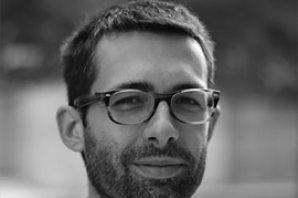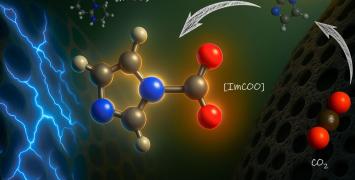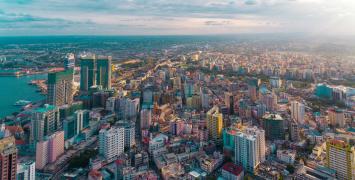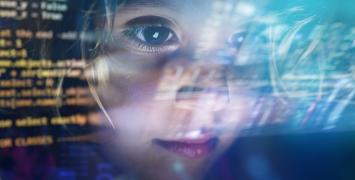The true costs of our healthy habits
The ASTAOMEGA project solves the problems linked to the production of omega-3 and antioxidants at the same time. The team promises higher production rates and improved sustainability at a lower cost.
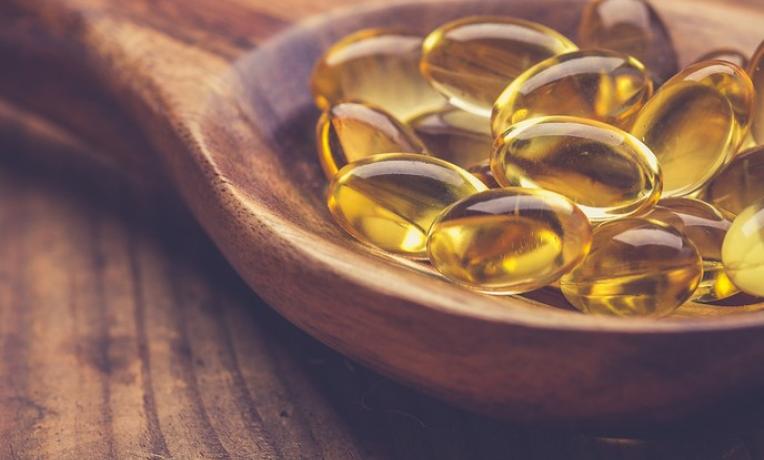
We’ve all been told about the virtues of omega-3 fatty acids and antioxidants. The former help us fight depression and anxiety, cardiovascular events, mental decline, autoimmune diseases, asthma, metabolic syndrome and possibly even cancer. The latter are just as good: they protect us against free radical damage, keep our heart in good shape, lower the risk of infections and help prevent cancer.
Now, what if a single production platform could provide these substances more sustainably, and at a fraction of the cost? This is what the ERC-backed ASTAOMEGA (Implementation of a sustainable and competitive system to simultaneously produce astaxanthin and omega-3 fatty acids in microalgae for aquaculture and human nutrition) project is all about.
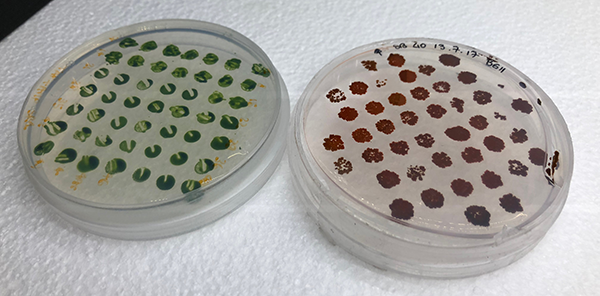
“The key innovation brought by the ASTAOMEGA system is the use of a marine algal species (Nannochloropsis gaditana), which accumulates high levels of the omega-3 fatty acid eicosapentaenoic acid (EPA), to also produce the antioxidant astaxanthin,” explains Matteo Ballottari, a professor and specialist in plant physiology at the University of Verona.
Not only is this combined production unique, but it also overcomes issues that current, isolated production methods have been facing for years.
Let’s take astaxanthin. This is currently one of the most sought-after antioxidant complements but is also very expensive. The molecule can be produced by various microalgal species that can be cultivated in artificial, industrial setups, costing over EUR 2 000 per kg. A synthetic counterpart does exist and costs about half as much, but not without its own concerns. It is produced from petrochemical sources which raise questions related to toxicity and sustainability.
Current market prospects for omega-3, on the other hand, are hindered by production methods. Despite the fact that omega-3 are primarily found in microalgae, producers have been focusing on fish and krill oils because of their lower cost. This makes the whole sector very unlikely to meet the growing demand.
As Ballottari points out: “This is one factor, to which we have to add overfishing, depleting fish supplies and heavy metal contamination. Producing omega-3 directly from microalgae has been explored in the past, but the cost was just too high. It should also be noted that many biotechnological solutions proposed to increase lipid and fatty acid accumulation in microalgae lead to an increase in triacylglycerol (TAG) content, but also a decrease in omega-3 fatty acids.”
ASTAOMEGA overcomes these problems with an economically sustainable process to produce natural astaxanthin. This process builds upon the findings of the SOLENALGAE project, which investigated the molecular mechanisms behind microalgae’s photosynthetic activity. After 5 years of research, the project had successfully improved their photosynthetic efficiency.
ASTAOMEGA is going a step further by exploring strategies to increase the production rate of microalgae. The team notably investigated how photoprotective mechanisms limit or enhance microalgal productivity, selected a strain from Nannochloropsis gaditana with high biomass productivity, and used it as a basis to produce both astaxanthin and EPA.
“We have been able to test production yields at different scales: We started from small lab scale photobioreactors (100 ml), before scaling up to a 60-litre scale in industrial systems. We are now planning for 300 or 1 000 litres,” says Ballottari.

By exploiting the market potential of astaxanthin, the team is confident that their method will sustain the higher cost of EPA production. “By the end of the project in February 2020, we will finalise all procedures to protect our intellectual property and prepare a business plan. Meanwhile, we will continue to investigate new solutions to improve yield and sustainability,” Ballottari concludes.
Biography
Matteo Ballottari is an Associate-Professor in Plant Physiology in the Department of Biotechnology at the University of Verona in Italy. He studies photosynthesis mostly in microalgae but also in plants, focusing on how it might be improved through an interdisciplinary approach. In particular, he investigates regulation and dynamics of light energy utilization in order to increase algal biomass yield and high valuable product accumulation. Matteo Ballottari is involved in many national and European projects financed by public and private funds about the exploitation of photosynthetic organisms to produce biofuels and high value products. In particular, he is PI for the ERC-Stg-SOLENALGAE and ERC-PoC-ASTAOMEGA projects.

